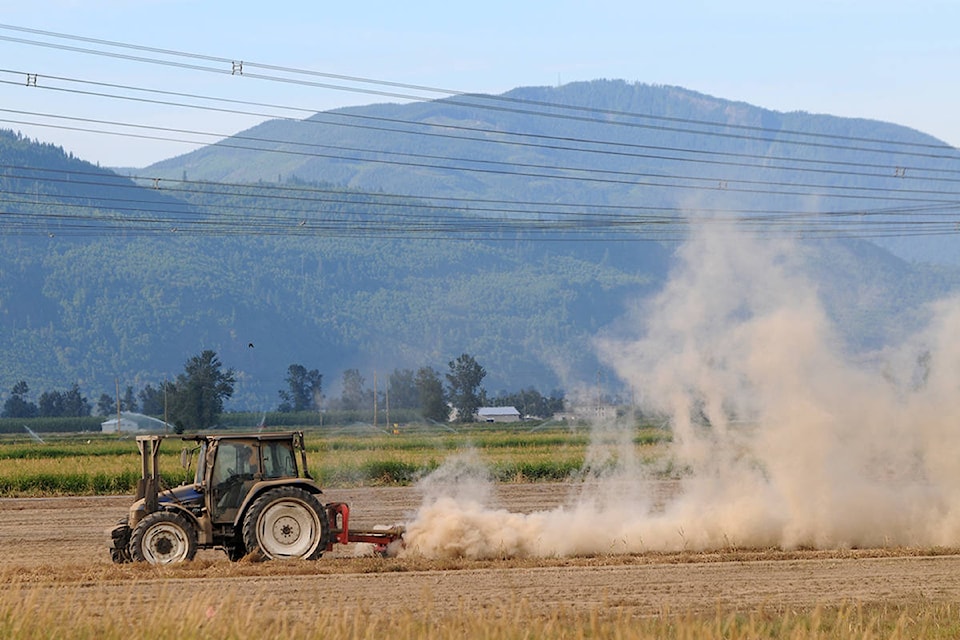The District of Kent Council has voted to proceed with an application to remove the old Twilhaar farm – also known as the Teacup property – from Agricultural Land Reserve (ALR) so the owners can build houses. This is the third attempt to remove this piece of prime farmland. The first was voted down by a previous council and the second was rejected by the Agricultural Land Commission (ALC). Under new rules, the district can apply directly to the ALC, on behalf of developers, but reasons to oppose the removal remain the same.
The new rules are intended to increase public input, yet in Kent, there has been no meaningful consultation. Instead, council has chosen to infer public support from a 2014 Official Community Plan (OCP) review, when a handful of residents supported putting the Twilhaar farm into a ‘residential reserve’, a designation the ALC doesn’t recognize. Politicians and developers don’t want consultations because they know the public overwhelmingly supports protecting farmland. They also know new housing on bare farmland will undermine local real estate prices, already trending down in tandem with lower prices in Vancouver.
Where’s the plan? Council says details of the proposed housing development can wait until after the removal is approved, but that will leave the community with far less leverage. The developers could sell the land, for instance, and new owners might have different ideas, including commercial and industrial development. Councils change, too, along with promises and priorities. Kent council also lacks a coherent vision for long-term growth, except to say that future removals of farmland, once the Twilhaar farm is built up, are a problem for future councils.
Prime farmland sells for $100,000 an acre or more, while development land costs ten times as much, making those 40 acres worth at least $40 million before any houses are built. That could easily fund a new indoor public pool, yet developers are offering a miserly $3 million over 20 years. To offset the loss of 40 acres of prime farmland, developers are offering 100 boggy acres outside the dyke, until recently covered by scraggly bush.
Necessity is the mother of invention. When the removal of the Twilhaar farm was first proposed, the developers insisted that infill housing was too onerous and expensive, yet creative infilling has happened and will continue to happen, unless we keep offering up bare farmland.
Owners of the Twilhaar farm never intended to farm yet benefited from lower agricultural prices and property taxes. Meanwhile, the land is growing hedging cedars, with each crop removing tons of topsoil, gradually rendering the land infertile, and perhaps that’s the point. Those owners stand to reap a windfall, while real farmers, who uphold the integrity of the ALR, find land around Agassiz priced out of reach as speculators bet on cashing in.
Hard decisions take courage. The ALR affirms the importance of food security by putting long-term sustainability ahead of short-term financial gain. Local farmers and politicians have historically supported that vision, valuing agriculture while avoiding sprawl and strip malls. Those decisions required foresight and political courage, and the same is true here. An information meeting will be held on March 10. Come out and be heard.
